A new guidewhich offerspractical informationto businesses looking at developing small-scale energy-from-waste facilities is to be launched at the RWM exhibition in Birmingham today (September 12).
The EfW development guidance is the first guide on energy-from-waste to be issued by the Waste & Resources Action Programme (WRAP) since EfW was first included in its remit (see letsrecycle.com story). However, WRAP has stressed that energy for waste should only be used as a waste treatment option where waste prevention, re-use or recycling is not possible.
The document is separate from delayed energy-from-waste guidance being prepared by Defra, which is expected to look atwhy the facililities need to be developed (see letsrecycle.com story).
In the 71-page guide, WRAP explains that there are a number of different technologies available to recover energy from waste including incineration, anaerobic digestion, gasification, pyrolysis and plasma gasification. It then goes through how businesses should go about planning facility, from developing a business case and carrying out technical feasibility to site selection, securing planning consent and facility monitoring.
Contribution
Commenting on the guide, Ian Wardle, head of organics and energy from waste at WRAP, said: If we are to achieve a zero waste economy and meet our renewable energy targets, EfW has a valuable contribution to make. The waste hierarchy emphasises the importance of preventing, re-using and recycling waste before recovering energy from it. However, not everything can be recycled and recovering energy from unavoidable residual waste may be preferable to landfill.
While it is still a developing industry, this suite of guidance will help to build knowledge of EfW and provide clear and concise information to those businesses that are exploring EfW as a treatment option.
The guide provides advice at key stages of the design and planning process including:
- Potential sources of funding: such as the Green Investment Bank, and the EDF Energy Green Fund;
- Planning: explaining the planning process including timescales, consultation requirements, and environmental impact assessments;
- Environmental Permitting Regulations: guidance on what the regulations are and what they mean for EfW facilities;
- Feedstock: issues that affect the accessibility, security and suitability of waste materials as fuel for EfW processes;
- EfW outputs and residues: how to manage energy outputs and residues including air pollution control residues and incinerator bottom ash;
- Waste Incineration Directive: the requirements of the Directive and the implications for waste wood biomass and smaller scale EfW;
- Financial incentives: explains the financial incentives currently available to support renewable energy installations.
Related Links
WRAP explained that it started working on energy from waste in 2011 with the aim of addressing barriers and providing guidance to build knowledge levels and understanding. It hopes the guidance will help to raise the profile of EfW as part of the total solution for managing waste.




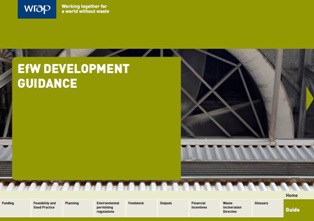

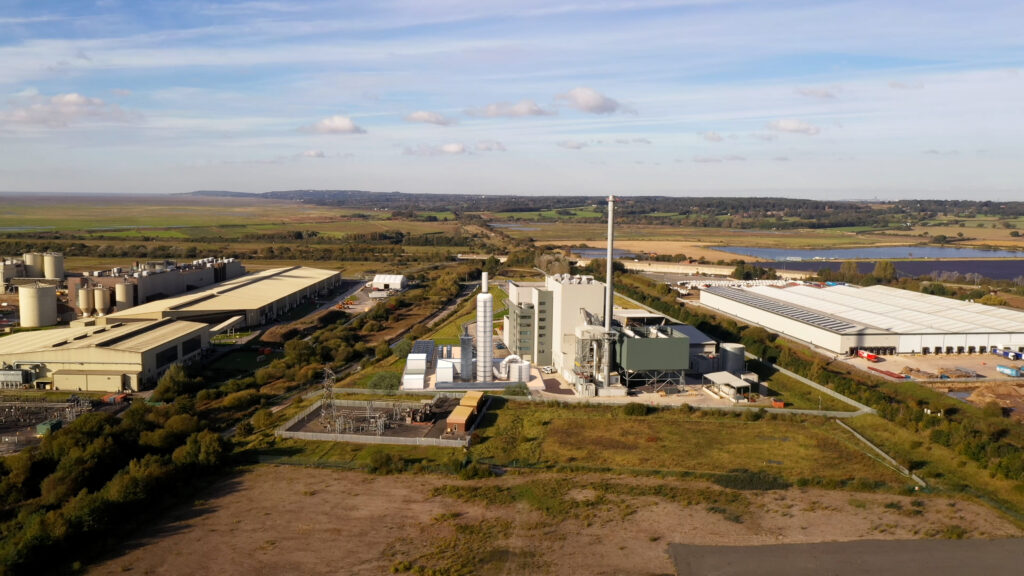
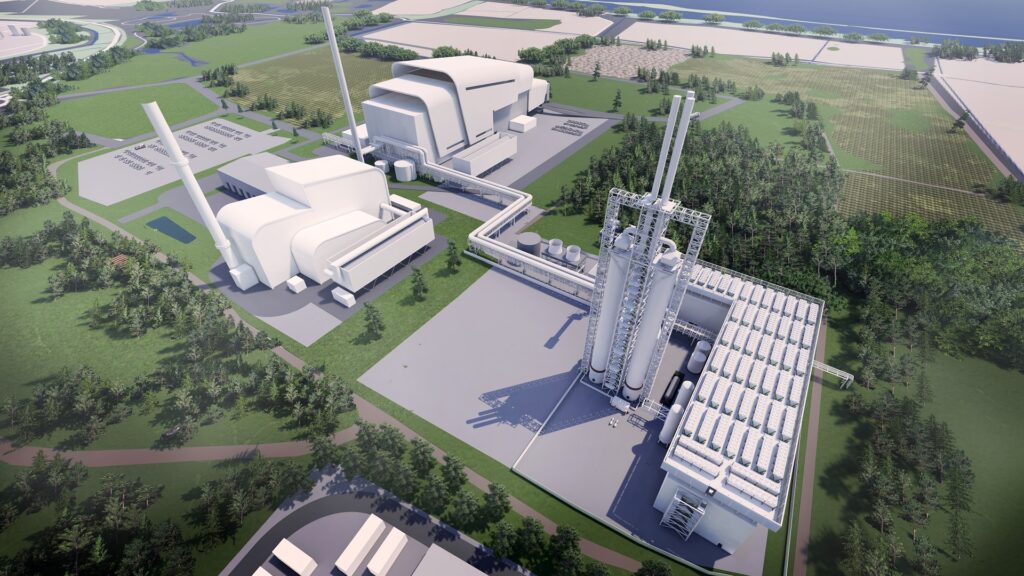
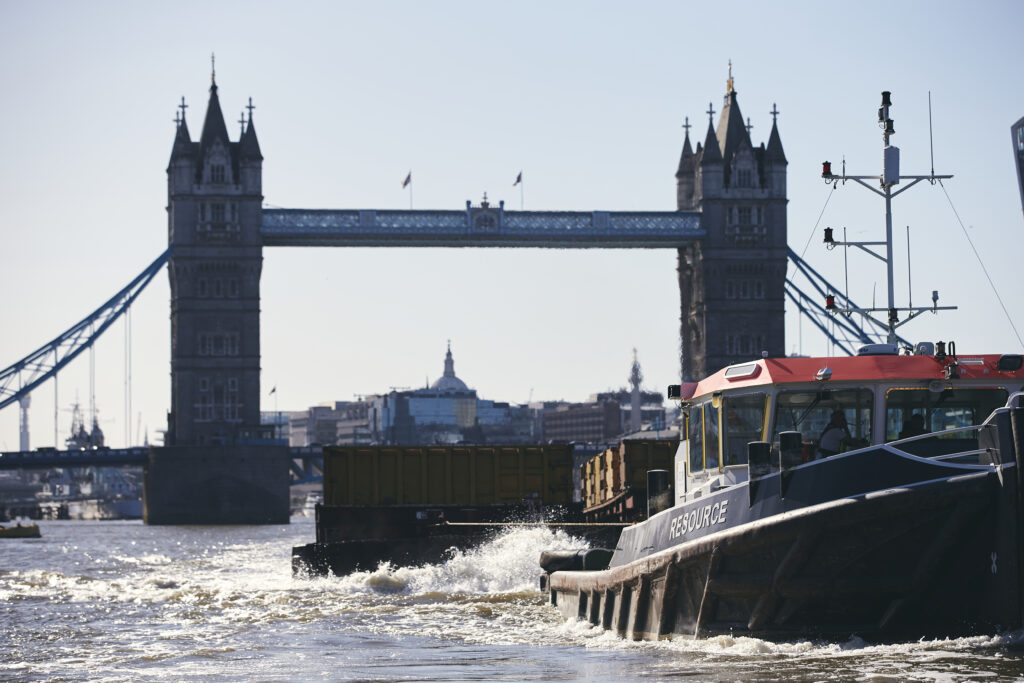
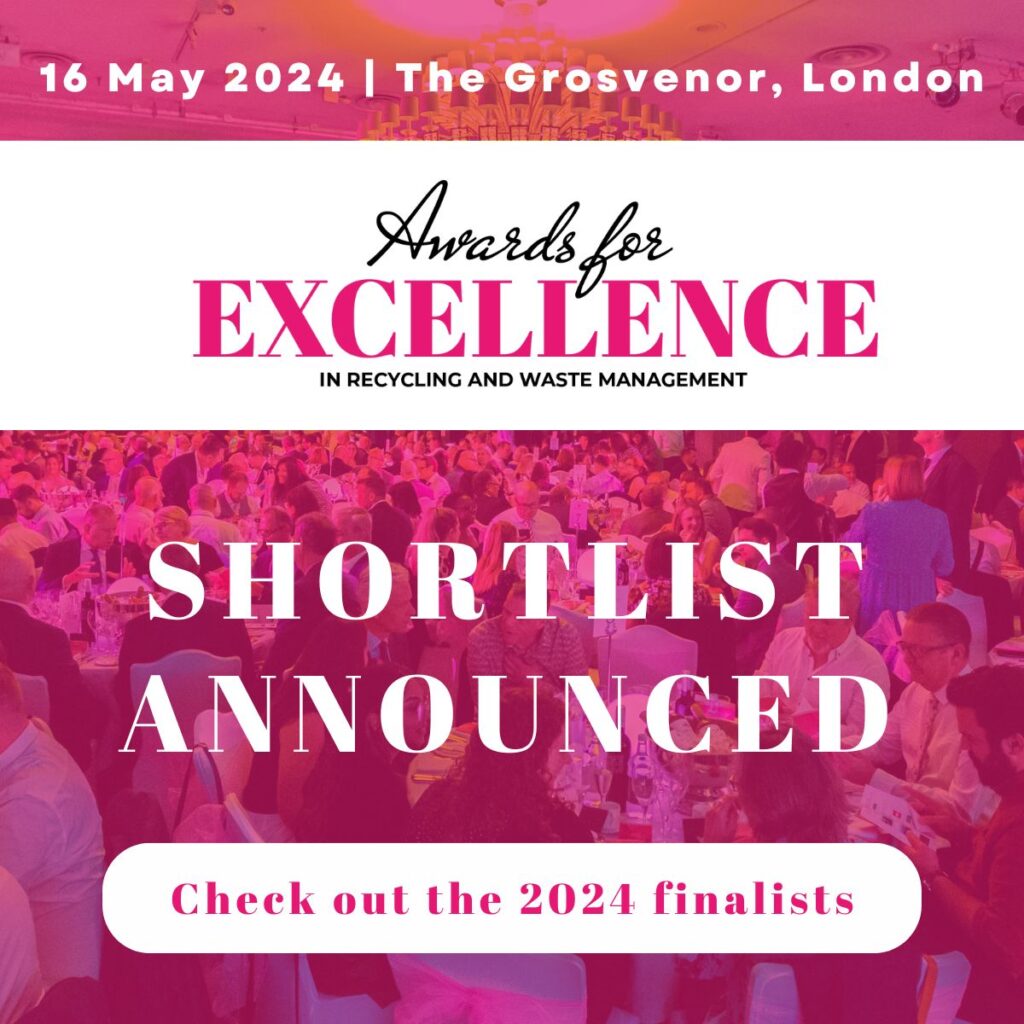

Subscribe for free